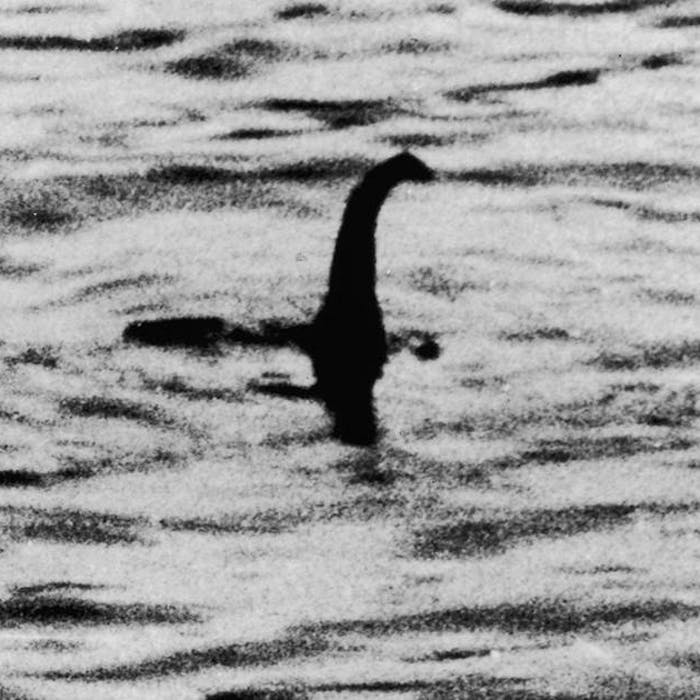
The Loch Ness Monster - Scotland's fabled beast
Enduring worldwide interest has been generated by the monster said to dwell in Loch Ness, in the Scottish Highlands. It is often described as large and long-necked, and observed with one or more humps protruding from the water.
Although there have been many claimed 'sightings', the scientific community regards the creature as just a myth.
The first recorded accounts of there being a monster date back to the 6th century and St Columba, an Irish saint. The story goes that Columba ordered a monk to swim across the loch to fetch a boat and a monster appeared, and rushed at the monk whilst he was in the water. Although apparently the monster fled when Columba cried out 'go no further, nor touch the man!'.
The first photograph of what was claimed to be the monster was taken in 1933 (pictured), by a London surgeon. It caused a sensation when it was published in the Daily Mail. It led Bertram Mills, the circus owner, to offer a £20,000 reward for anyone who could capture it for his circus. However, the reward remains unclaimed.
Interest in 'Nessie' became intense after the picture was taken, and over the years several scientific investigations have taken place. In 1961 the Loch Ness Phenomena Investigation Bureau was formed, and even two submarines have been brought into the search with sonar experts on board.
In 1975 four firemen from Hemel Hempstead built a 309-foot-long papier-mâché ‘lady monster’ to attract ‘Mr Nessie’, hoping that a mate might lure him out. It didn't..
The most recent ‘sighting’ was in May 2007, when Gordon Holmes, a lab technician, took a video of what he described as ‘this jet black thing, about 45 feet-long, moving fairly fast in the water’. The video was broadcast by BBC Scotland, but its credibility has come into question - partly because the pictures do not include any objects or features by which the size of the ‘thing’ can be measured.
Scientists have suggested a 'plausible theory' to explain the sightings - if Nessie existed, she was most likely a giant eel. A 2019 survey used technology that allowed scientists to sample all the life contained within the Loch by gathering environmental DNA. It detected over 500 million individual organisms and 3,000 species. According to Neil Gemmill of University of Otago in New Zealand, who led the study, there are no DNA sequence matches for shark, catfish, or sturgeon, but eel DNA was detected at “pretty much every location sampled”.
Further reading
Links to external websites are not maintained by Bite Sized Britain. They are provided to give users access to additional information. Bite Sized Britain is not responsible for the content of these external websites.
